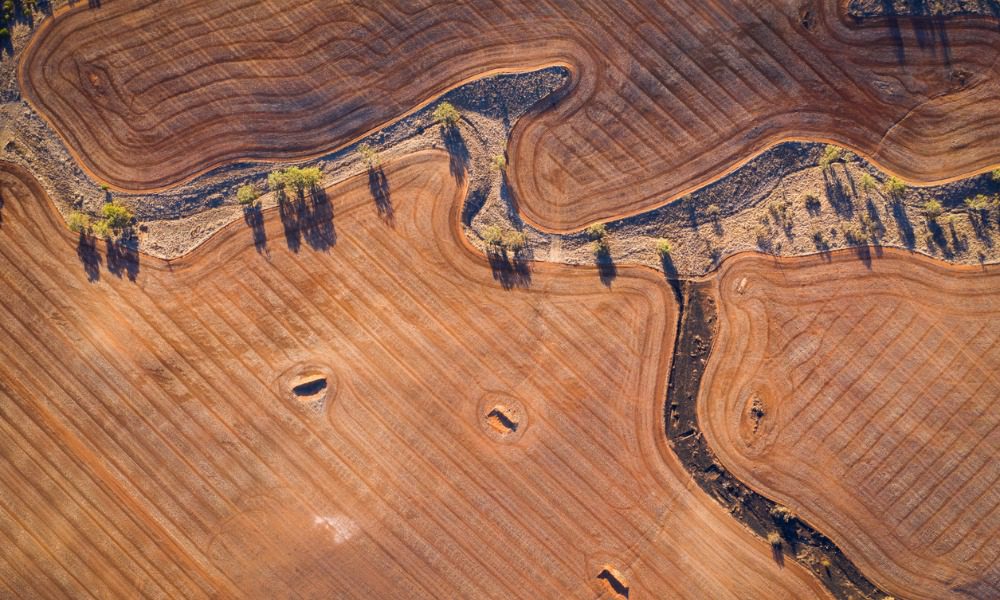IAG calls for addressing disaster resilience in land use planning

IAG calls for addressing disaster resilience in land use planning | Insurance Business Australia
Catastrophe & Flood
IAG calls for addressing disaster resilience in land use planning
Report outlines 10 recommendations to help decision-makers with strategies
Catastrophe & Flood
By
Roxanne Libatique
IAG, Australia’s leading general insurer that oversees brands such as NRMA Insurance and CGU, has presented a comprehensive report advocating for an enhanced consideration of disaster resilience in all land planning decisions to mitigate disaster risks in communities and maintain insurance affordability.
The “Addressing Resilience in Land Use Planning” report, commissioned by IAG and conducted by consultancy firm AECOM Australia, identifies six challenges confronting Australia’s land planning system. It also puts forth 10 recommendations aimed at aiding decision-makers in formulating more robust and resilient land use strategies.
“This report forms part of a trilogy of key research reports we’ve published over the past 18 months, as we seek to pave a pathway forward to reduce natural disaster risk and ensure the ongoing availability and affordability of insurance,” said Andrew Dyer, manager land planning hazards and regulatory at IAG.
Land use planning gaps
The report underscores the inadequacy of the current land planning system in Australia, pointing out that it fails to adequately assess natural disaster risk and future climate risk. It asserts that a paradigm shift is necessary to safeguard communities in the future.
Mark Leplastrier, executive manager natural perils at IAG, leading the in-house natural perils research team, said land use planning must improve the resilience of individuals, communities, organisations, and assets as climate change continues to exacerbate the frequency and severity of natural disasters.
“How we plan and control development directly impacts the exposure and vulnerability of our communities to natural hazards,” he said. “We need to rethink how natural hazards and climate risk are addressed in land planning decisions. Our planning system needs reform to protect communities in the future and keep insurance affordable.”
Key recommendations
The report drew insights from experts across the land planning system, encompassing all levels of government, industry, and property developers. It warned that Australia is approaching a critical juncture where the resilience of communities and systems to the risks they face is diminishing.
Key recommendations in the report include:
collaboration between the insurance industry and federal and state governments to create guidelines on natural hazard risk tolerance for land use planning
development of a resilience in land use planning capability program for local government prioritizing the most vulnerable councils
establishment of a legislative framework by state governments to activate and fund accelerated approvals for planned relocation, including re-zoning and subdivision post a disaster event
collaboration between state governments and local councils to create a natural hazard risk database for properties to better inform purchase implications
“It’s time to stop placing communities in harm’s way. The time for collective action is now as climate change increases the frequency of many of these impacts,” Dyer said.
Related Stories
Keep up with the latest news and events
Join our mailing list, it’s free!






